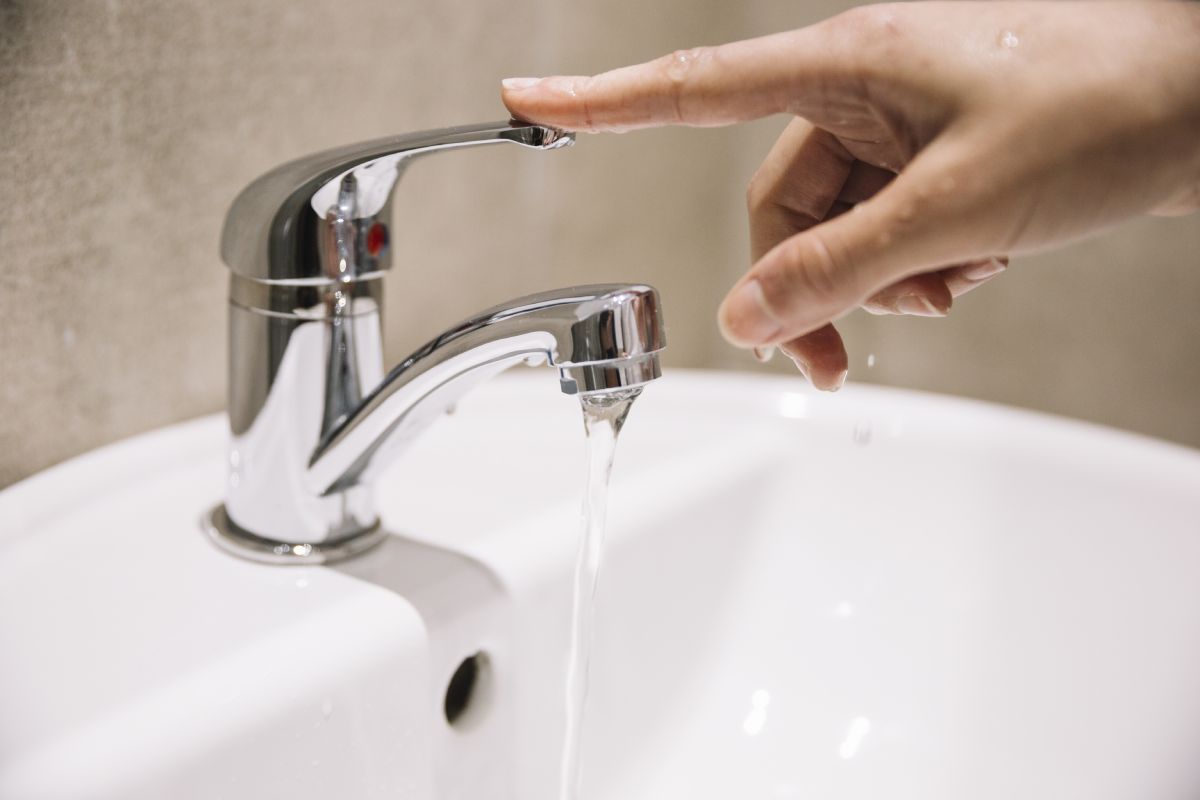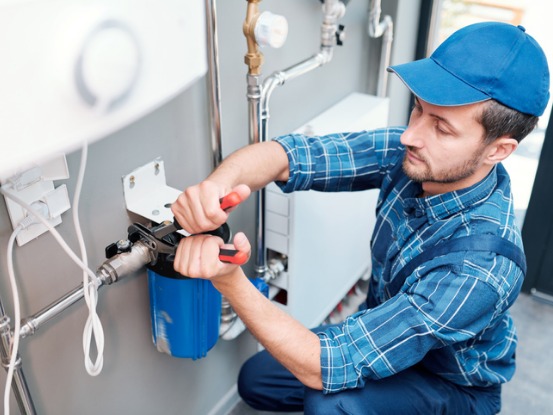What are your thoughts and feelings about Dealing with Low Water Pressure in Your Home?

Low water stress in your house can be a frustrating problem, influencing every little thing from showering to washing meals. If you're experiencing weak water circulation, there are several feasible causes and services to explore. In this guide, we'll discuss common reasons for low water stress and sensible steps to attend to the issue effectively.
Introduction to Low Tide Stress
Low water stress happens when the flow of water from your taps, showers, and various other fixtures is weak than usual. This can make daily jobs extra difficult and much less efficient. Recognizing the root causes of low water stress is crucial to locating the ideal remedy.
Common Root Causes Of Low Tide Pressure
Pipeline Obstructions
With time, pipelines can end up being blocked with mineral deposits, debris, or particles, restricting the flow of water. This is an usual problem in older homes with galvanized steel pipes.
Corrosion
Corrosion within pipelines can result in leaks and minimized water pressure. Rust build-up can restrict water flow, specifically in aging plumbing systems.
Faulty Stress Regulators
Stress regulatory authorities are accountable for maintaining constant water pressure in your house. If they malfunction, it can result in low tide pressure or unequal flow throughout your home.
Metropolitan Water System Issues
Often, the problem lies outside your home. Municipal water system issues, such as main line leakages or upkeep work, can momentarily reduce water stress in your location.
How to Detect Low Water Stress
Checking Faucets and Components
Start by examining the water pressure at various taps and components throughout your home. If the issue is isolated to certain areas, it might indicate localized troubles.
Examining Pipes
Evaluate noticeable pipelines for indications of leakages, rust, or clogs. Focus on any kind of unusual audios, such as knocking or rattling pipes, which could show problems within the plumbing system.
Consulting with a Plumber
If you're unable to identify the root cause of low water stress, consider hiring an expert plumber to carry out an extensive inspection. They can identify underlying problems and suggest proper options.
Do It Yourself Solutions to Deal With Low Water Stress
Cleaning Aerators and Showerheads
Mineral deposits can build up in aerators and showerheads, minimizing water circulation. Eliminate and clean up these components frequently to enhance water pressure.
Flushing Water Heater
Sediment buildup in the hot water heater can restrict flow and reduce performance. Purging the container occasionally assists eliminate sediment and preserve ideal efficiency.
Inspecting Pressure Regulator
Make certain that the stress regulator is functioning appropriately. Changing or replacing the regulator can aid bring back appropriate water pressure throughout your home.
Clearing Clogs in Pipes
For small blockages, try using a plumbing serpent or chemical drain cleaner to clear obstructions in pipes. Beware when utilizing chemicals and follow safety standards.
When to Call a Specialist Plumber
If DIY efforts stop working to fix the problem or if you think substantial plumbing troubles, it's best to look for help from an accredited plumber. They have the experience and devices to address intricate issues securely and properly.
Safety Nets to Maintain Water Stress
Normal Maintenance
Set up routine upkeep for your plumbing system to prevent problems such as corrosion, leaks, and obstructions. Addressing minor troubles early can assist stay clear of more substantial repair services later on.
Mounting a Pressure Booster
Take into consideration setting up a pressure booster pump to boost water pressure in locations with regularly reduced flow. This can be especially beneficial for multi-story homes or residential properties with high-demand fixtures.
Surveillance Water Use
Be mindful of water use routines and avoid ill-using the plumbing system. Simple modifications, such as shocking showers and washing loads, can assist maintain ample water stress.
Verdict
Handling low water pressure can be discouraging, but recognizing the underlying causes and executing suitable options can bring back ideal circulation throughout your home. Whether it's cleansing aerators, evaluating pipelines, or speaking with a plumber, taking positive actions can make certain a constant supply of water for your daily needs.
How to Fix Low Water Pressure In Your Home
Municipal Water Supply Issues
Scheduled maintenance, high demand, and water main breaks are all potential causes for low water pressure within a city or county’s water lines. While there’s not much you can do to personally fix a problem with your city or county’s water supply system, you can play a big role in documenting the issue and alerting those who can.
How to fix it:
- Ask your neighbors if they are experiencing any issues with low water pressure. If multiple homes are affected, it’s likely related to the city’s water line.
- Contact the local Water Authority to see if there is any maintenance taking place that might be affecting your supply. Also let them know of your specific issues. If other homeowners report the same issues, they’ll know that there could be a larger issue to look into.
Faulty Fixtures
A damaged or clogged shower head, faucet or appliance is the first thing we’d suggest checking, especially if low water pressure appears to be isolated to a specific area of your home.
How to fix it:
- First, turn off the main water supply to your home.
- Check the affected appliances for build-up or debris. In the case of a faucet, you can simply unscrew the aerator at the tip of the faucet. Showerheads should be fully detached from the water pipe.
- While the appliances are detached, you may want to check the water supply to determine if the fixtures were in fact the issue.
- To clean, soak the showerhead or aerator in vinegar and brush off any visible debris.
- Reattach the fixtures and check the water pressure again. If it is still low, there is likely a deeper issue at hand, which can be determined by a professional plumber.
Pipe Obstructions
Mineral deposits, rust or other debris within water pipes can lead to blockages or corrosion over time.
How to fix it:
When you think of a clog, you probably think of a drain clog. While there are many DIY solutions to clearing a drain, clogs in a water pipe will almost always require the help of a professional plumber. A plumber will be able to locate the affected pipe and clean out any debris or mineral deposit buildup. In severe cases, the pipe may need to be replaced. Your plumber might also recommend a water softening system to remove the minerals from your home’s water supply that can contribute to pipe blockages over time.
Plumbing Leak
Undetected water line leaks can divert water away from your residential pipes, reducing the water pressure in your fixtures.
How to fix it:
- Check your water meter by turning off all water sources and monitoring the meter for any movement, which could be a clear indicator of a potential leak.
- Check all visible pipes for signs of leaking, including water stains, active dripping or damp spots around the pipe.
- Inspect fixtures, including faucets and showerheads, for any drips.
- Test the pressure but recording the pressure with the main water valve shut off. Leave off for a few hours and test again. A significant drop in pressure is a clear sign of a leak.
https://kiddcoplumbing.com/plumbing-blog/how-to-fix-low-water-pressure/

I'm certainly very interested by 9 Reasons for Low Water Pressure in Your House and I hope you appreciated our entry. I beg you take the opportunity to share this write-up if you enjoyed reading it. Thanks a bunch for being here. Don't hesitate to check up our site back soon.
Services
Comments on “Leading Ways for Fixing Low Water Pressure in Your Home”